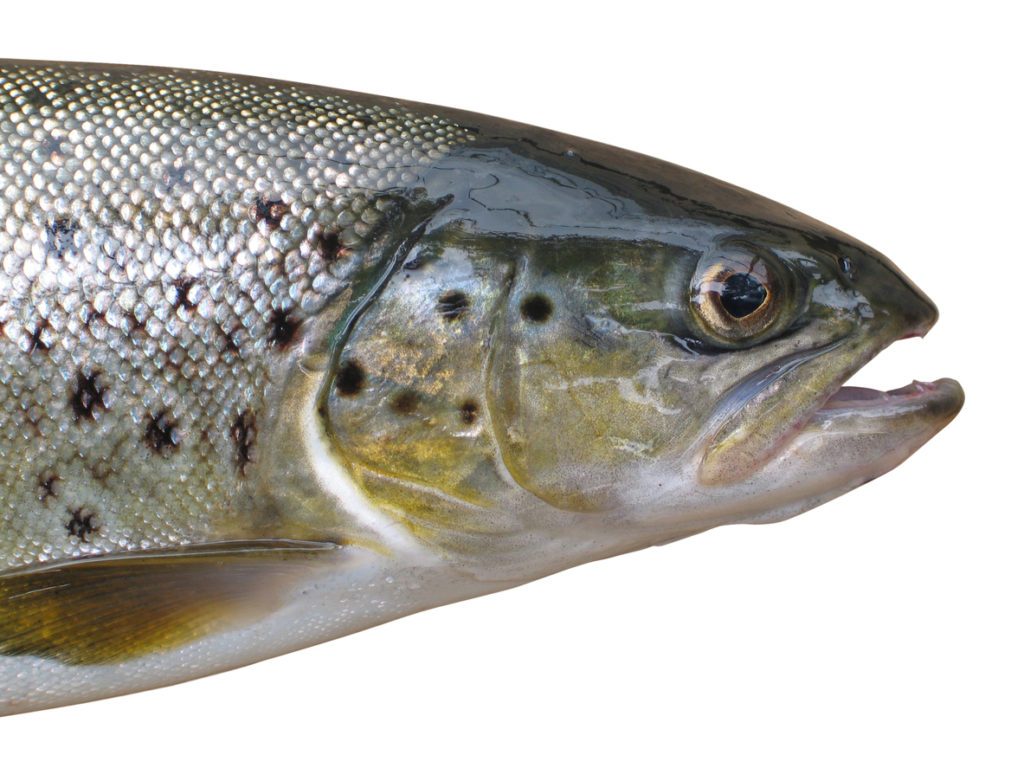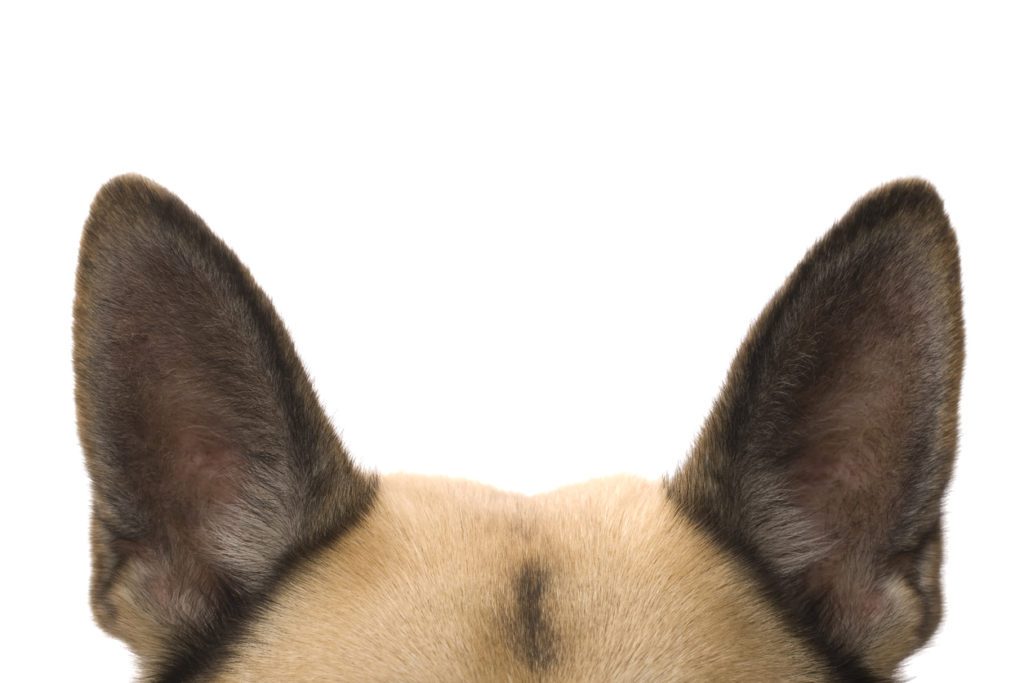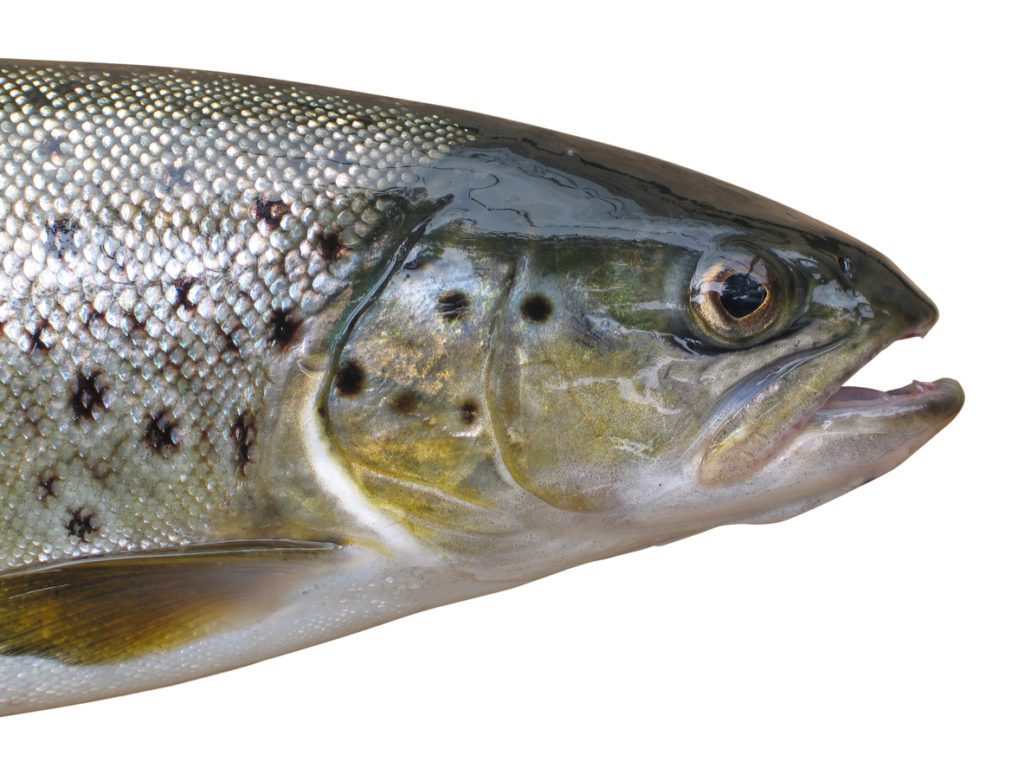Shrink wraps (or shrink film or shrink sleeves, if you prefer) can look pretty amazing, but every packaging designer knows getting them to look flawless can be tricky at times. Fortunately, most problems with shrink wraps can be easily fixed. This article discusses five common shrink film problems and their solutions.
1. It’s the eye of the … fish!
 Those circular patterns that appear in the plastic? They’re called fish eyes, and they’re usually caused by a malfunctioning heating element in the packaging line. The plastic is either improperly heated before shrinking or the heat source doesn’t push enough air through when the heat is applied. Sometimes, tiny perforations in the plastic are to blame. In that case, it pays to slow down the conveyor.
Those circular patterns that appear in the plastic? They’re called fish eyes, and they’re usually caused by a malfunctioning heating element in the packaging line. The plastic is either improperly heated before shrinking or the heat source doesn’t push enough air through when the heat is applied. Sometimes, tiny perforations in the plastic are to blame. In that case, it pays to slow down the conveyor.
2. Bubbles or ballooning
 Fish eyes are not to be confused with ballooning, which occurs when air gets caught in the film and heats up after sealing, causing certain areas to balloon. This is a problem that can be prevented by using pre-perforated shrink film.
Fish eyes are not to be confused with ballooning, which occurs when air gets caught in the film and heats up after sealing, causing certain areas to balloon. This is a problem that can be prevented by using pre-perforated shrink film.
3. A case of dog ears
 Excess film in the corners of the package is a phenomenon called dog ears. Caused when the corners of the film fail to shrink down properly, dog ears can be prevented either by assessing the heating element or by simply using a smaller film width or higher-quality film.
Excess film in the corners of the package is a phenomenon called dog ears. Caused when the corners of the film fail to shrink down properly, dog ears can be prevented either by assessing the heating element or by simply using a smaller film width or higher-quality film.
4. Wrinkles
 Wrinkles appearing in the shrink film, too, is usually caused by excess. Less is more!
Wrinkles appearing in the shrink film, too, is usually caused by excess. Less is more!
5. The Picasso effect
 Designing graphics for shrink sleeves is challenging, to say the least. Once the film starts to shrink, the graphics change along with it, sometimes resulting in some hilarious – yet so frustrating! – Picasso-like effects. To compensate for shrinking in advance, you can simply pre-distort the artwork using Studio Advanced which comes with an award-winning toolkit for shrink sleeves. Inspired by Packaging Strategies
Designing graphics for shrink sleeves is challenging, to say the least. Once the film starts to shrink, the graphics change along with it, sometimes resulting in some hilarious – yet so frustrating! – Picasso-like effects. To compensate for shrinking in advance, you can simply pre-distort the artwork using Studio Advanced which comes with an award-winning toolkit for shrink sleeves. Inspired by Packaging Strategies

